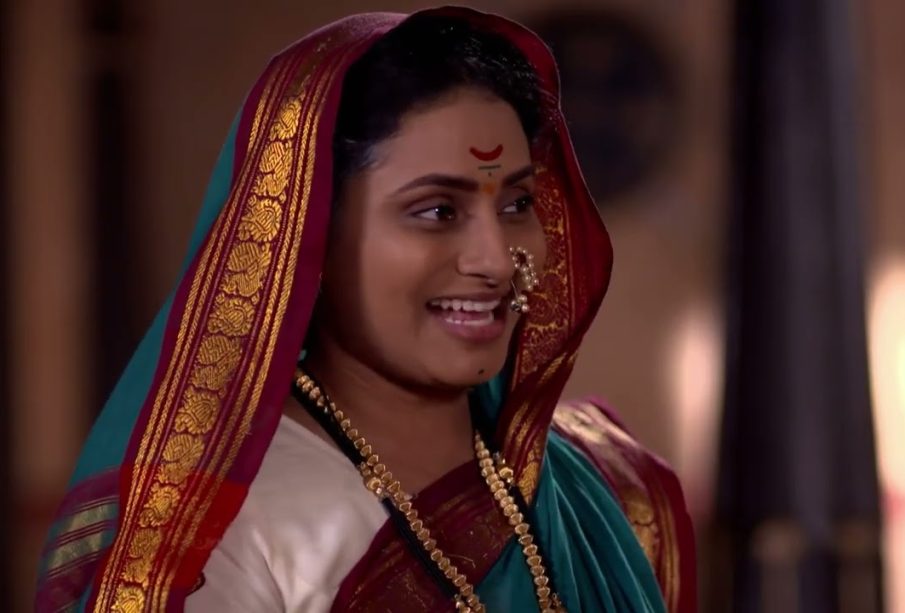The Legacy of Sambhaji Maharaj: A Historical Perspective

Introduction
Sambhaji Maharaj, the eldest son of Chhatrapati Shivaji Maharaj, is a prominent figure in Indian history, particularly in Maharashtra. His legacy is crucial as it highlights the resistance against Mughal domination in India during the late 17th century. Understanding his role not only sheds light on the Maratha Empire’s history but also on the broader struggle for freedom and sovereignty in the Indian subcontinent.
Sambhaji’s Early Life and Ascension
Sambhaji was born on February 19, 1657, and was groomed from a young age to succeed his father. After Shivaji’s death in 1680, Sambhaji ascended to the throne as the Chhatrapati of the Maratha Empire. He faced a challenging environment, with threats from the Mughal Empire led by Aurangzeb, who sought to expand his realm by conquering the Marathas.
Military Campaigns and Leadership
Under Sambhaji’s leadership, the Maratha Empire engaged in numerous military campaigns against the Mughals. In 1689, Sambhaji was captured by Aurangzeb’s forces, leading to a prolonged period of conflict. His resilience and military strategies have been lauded by historians, as he was successful in organizing guerrilla warfare tactics against a much larger and well-equipped Mughal army.
Bravery and Sacrifice
Sambhaji is remembered for his valiant spirit and willingness to sacrifice for his people’s freedom. He faced a brutal fate; records indicate that he was subjected to torture before being executed in 1689. His martyrdom became a rallying point for the Marathas and their struggle against foreign domination.
Legacy and Relevance Today
The significance of Sambhaji Maharaj extends beyond his military achievements. His life and legacy are celebrated in various forms of literature, art, and folklore, inspiring generations in Maharashtra and beyond. The principles embodied by Sambhaji—bravery, sacrifice, and resilience—continue to resonate in contemporary discussions on leadership and patriotism in India.
Conclusion
Sambhaji Maharaj stands as a monumental figure in the annals of Indian history, representing the spirit of resistance against oppression. As India continues to navigate modern challenges, reflecting on his legacy offers valuable lessons in courage and determination. For readers, understanding the life of Sambhaji Maharaj not only enriches their knowledge of Indian history but also serves as a reminder of the enduring struggle for freedom and self-determination.









